This page gives a brief overview of the different cosmology research groups in the UW Madison Physics department. For much more details, see the individual group websites linked below.
Baha Balantekin: Theoretical Astrophysics/Cosmology, Nuclear and Particle Physics, QIS
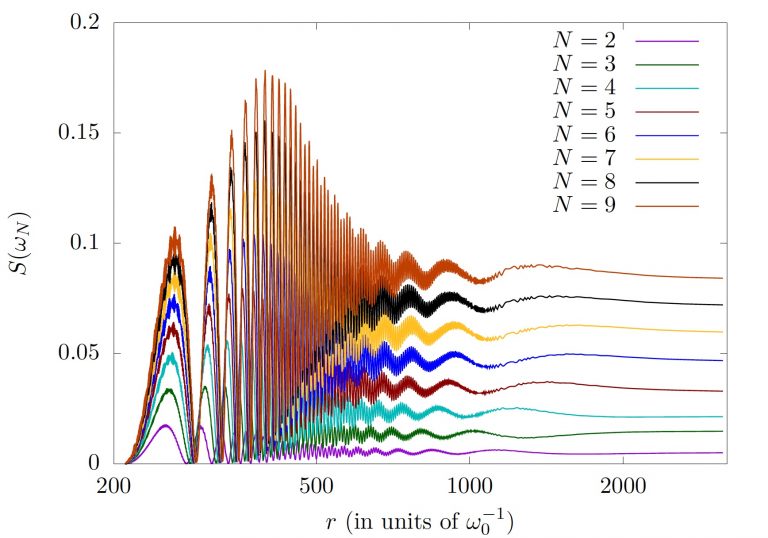
Balantekin group’s research is at the overlap of astrophysics/cosmology, nuclear and particle physics often using the tools of quantum information science. Research in Cosmology includes exploring the impact of neutrino properties, both in the Standard Model and beyond the Standard model, in the Early Universe; primordial magnetic fields and their consequences; and Big-Bang nucleosynthesis.
Balantekin research group website
Keith Bechtol: Observational Cosmology
Keith Bechtol studies dark energy, dark matter, neutrinos, and multimessenger astrophysics. He is particularly interested in using wide-field optical imaging surveys and pointed follow-up observations to map the distribution of dark matter in the Milky Way and nearby galaxies, and to learn about the particle properties of dark matter in the process. The next major experiment in this field is the Vera C. Rubin Observatory, now under construction in Chile, with first light scheduled in 2021. The associated Legacy Survey of Space and Time (LSST) will catalog more stars and galaxies than all previous astronomical surveys combined, and will monitor transient, variable, and moving objects over a ten-year period, generating ∼ 10 million alerts each night. The resulting multipurpose dataset will enable discoveries in cosmology (e.g., dark energy, neutrino physics, inflation) as well as the formation of our Galaxy and our Solar System. Bechtol is one of the leads for Rubin Observatory commissioning and science validation on-sky observations and data analysis.
Bechtol research group website
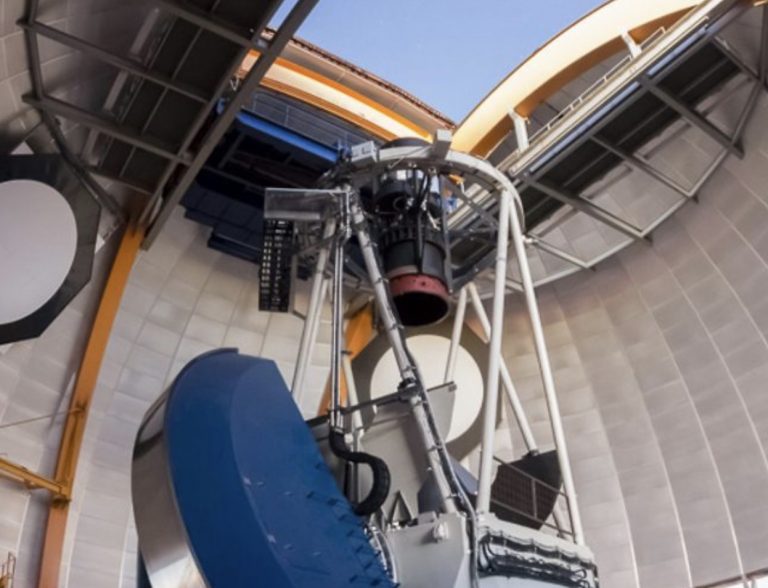
Daniel Chung: Theoretical Cosmology

Daniel Chung is a theoretical cosmologist who studies the interface of cosmology and high energy theory. His emphasis is on observable physics and physics beyond the standard model.
Chung research group website
Dan McCammon: Observational X-Ray Astrophysics
Dan McCammons group is involved in the study of x-rays originating from the interstellar medium. Specifically, we study the diffuse x-ray background and its origins. To study x-rays we use quantum calorimeters. Quantum calorimeters are small devices that measure the thermal energy deposited when an x-ray strikes a detector. With these measurements we are able to characterize x-rays and thereby gain information about their origin.
Our group’s goal is therefore two-fold, first,studying of the x-ray background and its origins; second, developing better microcalorimeters to aid us in our study of x-rays.
McCammon research group website
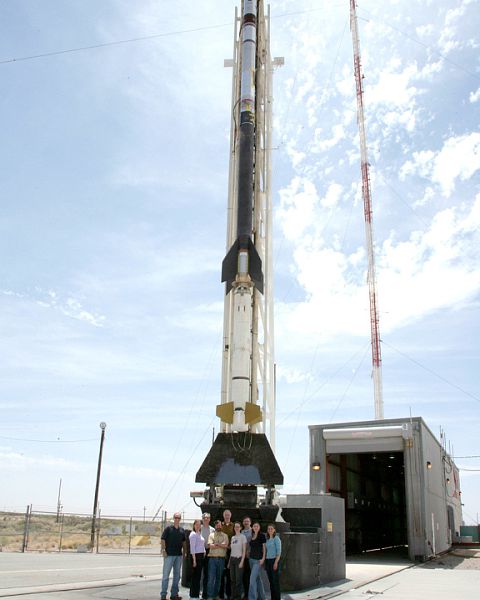
Moritz Münchmeyer: Computational & Theoretical Cosmology, AI
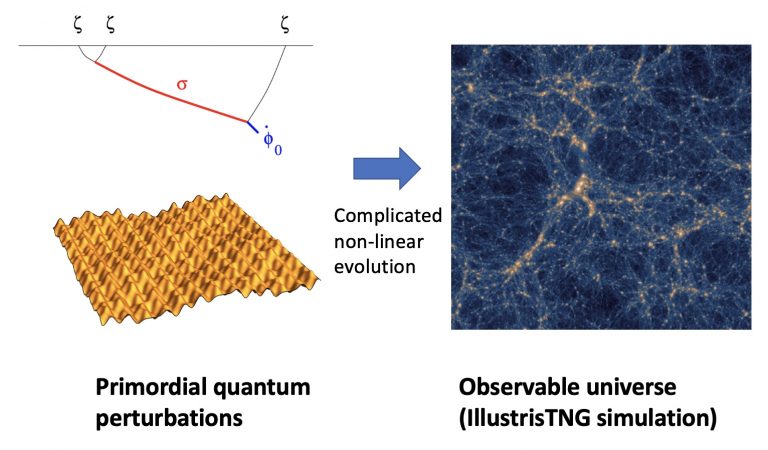
The overall goal of the research in our group is to probe fundamental physics with cosmological data. We develop new theoretical methods, provide forecasts for experiments, and analyze data to derive measurements or constraints of cosmological parameters. We use analytic calculations, simulations, and methods from modern data science such as Deep Learning.
Münchmeyer research group website
Gary Shiu: Theoretical Cosmology, String Theory, Particle Physics, AI
Professor Shiu’s research program is at the interface of string theory, particle physics, and cosmology. His research aims to uncover the laws of nature at the most fundamental level, and apply the insights so obtained to understand and predict observable pheonomena in the domains of high energy physics, astroparticle and cosmology. Major thrusts of his research include developing mechanisms and models from string theory that lead to realistic four-dimensional physics, and finding observables that may teach us theories at very high energies. His research efforts have also drawn him to develop mathematical and data science methods.
Shiu research group website
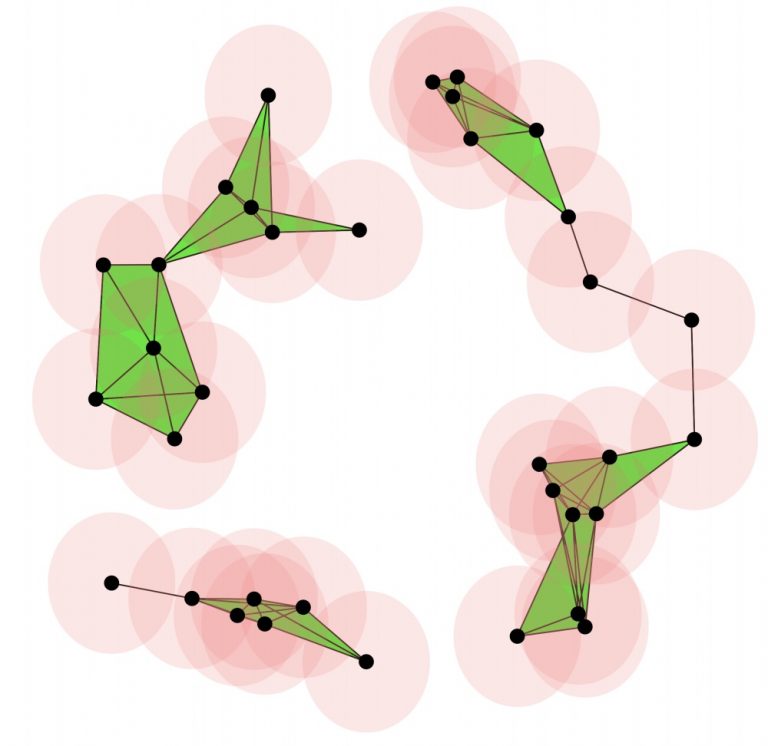
Peter Timbie: Observational Cosmology

Our research group observes the Universe on large scales to find clues about how it began. We detect light emitted at different stages in the evolution of the cosmos to make 3D maps that reach from the Big Bang to the present day. We specialize in developing new hardware and software techniques to detect this ancient light, which comes to us in the form of radio waves and millimeter waves.